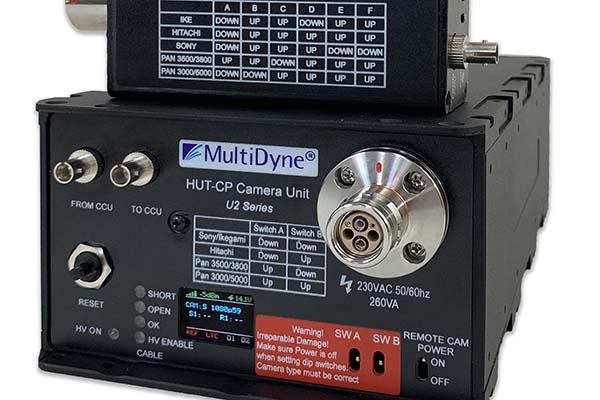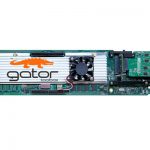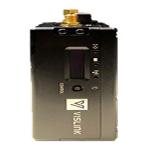The latest generation of universal camera transceivers enables long-distance transport over a single strand, with built-in optical budgeting and power cycling.
MultiDyne Fiber Optic Solutions will launch a new generation of its SMPTE-HUT system, a universal camera transceiver that frees camera operators from the limitations of hybrid cabling. The latest iteration streamlines connectivity, reducing the dual-strand architecture to a single fiber strand.
The latest SMPTE-HUT generation also integrates optical budgeting and remote power cycling, removing the need for external docks to regenerate signals for long-distance camera-to-studio transmission.
Speaking about the launch, Frank Jachetta, CEO, MultiDyne, said: “There are certainly cost- and labour-saving benefits through using a single fibre strand, notably in stadiums or metropolitan areas where it’s necessary to lease fibre. The real value comes through the SMPTE-HUT’s ability to regenerate optical power within the fibre. The optical budget is also now viewable on the device, giving camera operators a detailed troubleshooting tool to quickly determine if there is a power issue or another problem. The ability to remotely cycle power adds further value, allowing operators to reset cameras and make power adjustments as required.”
The next-generation SMPTE-HUT also integrates a higher level of intelligence than previous versions. For example, the devices will now operate with every SMPTE camera model and vendor, and translate important settings and details to the built-in display.
The SMPTE-HUT devices eliminate the need to mix copper connectivity with fibre, enabling faster setup and strike times while reducing weight on trucks. The elimination of copper also removes RF, EMI and grounding issues from the infrastructure, ensuring the best possible signal integrity over very long distances.
Stand 11.D40















































































